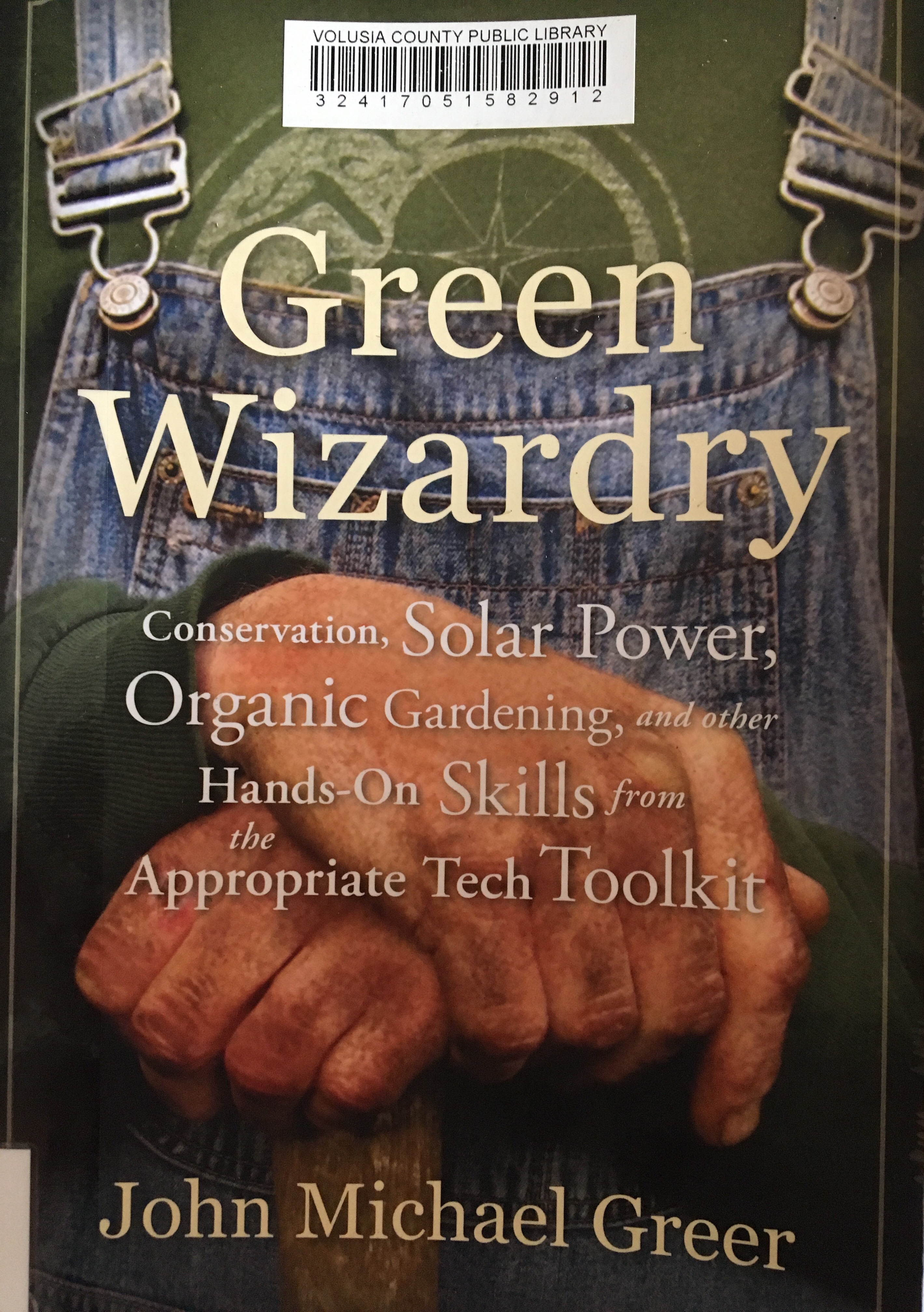Chick-Fil-A is piloting a restaurant composting program. “‘I think it’s really cool how it all works together,’ said Athens Chick-fil-A operator Shane Todd. ‘We buy products and sell them to customers. We take the scraps and compost them. And then the compost goes back to the farm, which produces the lettuce that comes back to our restaurant. It completes the circle.”
Trader Joe’s is phasing out single-use plastics nationwide, following a petition by Greenpeace that got nearly 100,000 signatures.
In my county, a citizens’ group called Dream Green Volusia has launched a program to recognize local restaurants for reducing single-use plastics. Their slogan is “Go Drastic On Plastic.”
Here is the list of requirements for DREAM GREEN VOLUSIA’s Dream Green Recognition:
• Straws given by request only
• No single-use plastic bags
• No single-use Styrofoam containers (including cups)
• No plastic to-go and in-house utensils
• No plastic take-out containers/lids (including cups)
• No single-use plastic straws
• No plastic stirrers (such as for beverage use)
• No plastic bottled water
• No single-use plastic condiments (such as coffee creamers, ketchup, sauce)
*If 8-9 of the requirements are met = Gold recognition
*If 5-7 of the requirements are met = Silver recognition
*If 2-4 of the requirements are met = Bronze recognition
Note, the focus is on recognizing establishments that are taking positive steps, as opposed to shaming establishments that are not doing so.
DGV has identified a number of restaurants in our region that are taking action to reduce single-use plastics.
NEW SMYRNA BEACH
GOLD
Norwoods (recognition email sent)
Go Juice (recognition email sent)
Third Wave Café (recognition email sent)
Red Dog Surf Shop and Kembali Surfshack (recognition email sent)
Aloha Vibes (recognition email sent)
Riverpark Terrace (recognition email sent)
Baracoa (recognition email sent)
The Florida Local (recognition email sent)
The Baker’s Table (recognition email sent)
SILVER
Corkscrew (recognition email sent)
Clancy’s/Café Verde (recognition email sent)
Lucky’s Market (recognition email sent)
Island Roasters (recognition email sent)
Break Awayz At the Beach (recognition email sent)
Yellow Dog Eats (recognition email sent)
Toni and Joe’s Patio (recognition email sent)
Wake Up Café (recognition email sent)
SoNapa Grille (recognition email sent)
Mason Bar (recognition email sent)
Prima (recognition email sent)
Superfoods Café, The Healing Zone (recognition email sent)
Da Kine Poke NSB (recognition email sent)
Mango Tango Frozen Yogurt (recognition email sent)
BRONZE
Outriggers (recognition email sent)
Café Heavenly (recognition email sent)
Uncle Chicken’s (recognition email sent)
Donna’s Canal Creamery (recognition email sent)
C’s Waffles-Beachside (recognition email sent)
American Legion 17 (recognition email sent)
Panheads Pizzeria (recognition email sent)
Heath’s Natural Foods (recognition email sent)
Sea Vista Tiki Bar (recognition email sent)
PONCE INLET
BRONZE
Racing’s North Turn
FLAGLER BEACH
SILVER
Break Awayz at the Beach
The recognition effort is a work in progress; many area restaurants remain to be visited. Do you have any similar grassroots efforts happening in your area? If so, please share your successes. If not, maybe you’ll find DGV’s blueprint useful in starting something in your town, city, or county.


 The approach of the Fourth of July (Independence Day in the USA) always gets me enthusiastic about energy independence.
The approach of the Fourth of July (Independence Day in the USA) always gets me enthusiastic about energy independence.